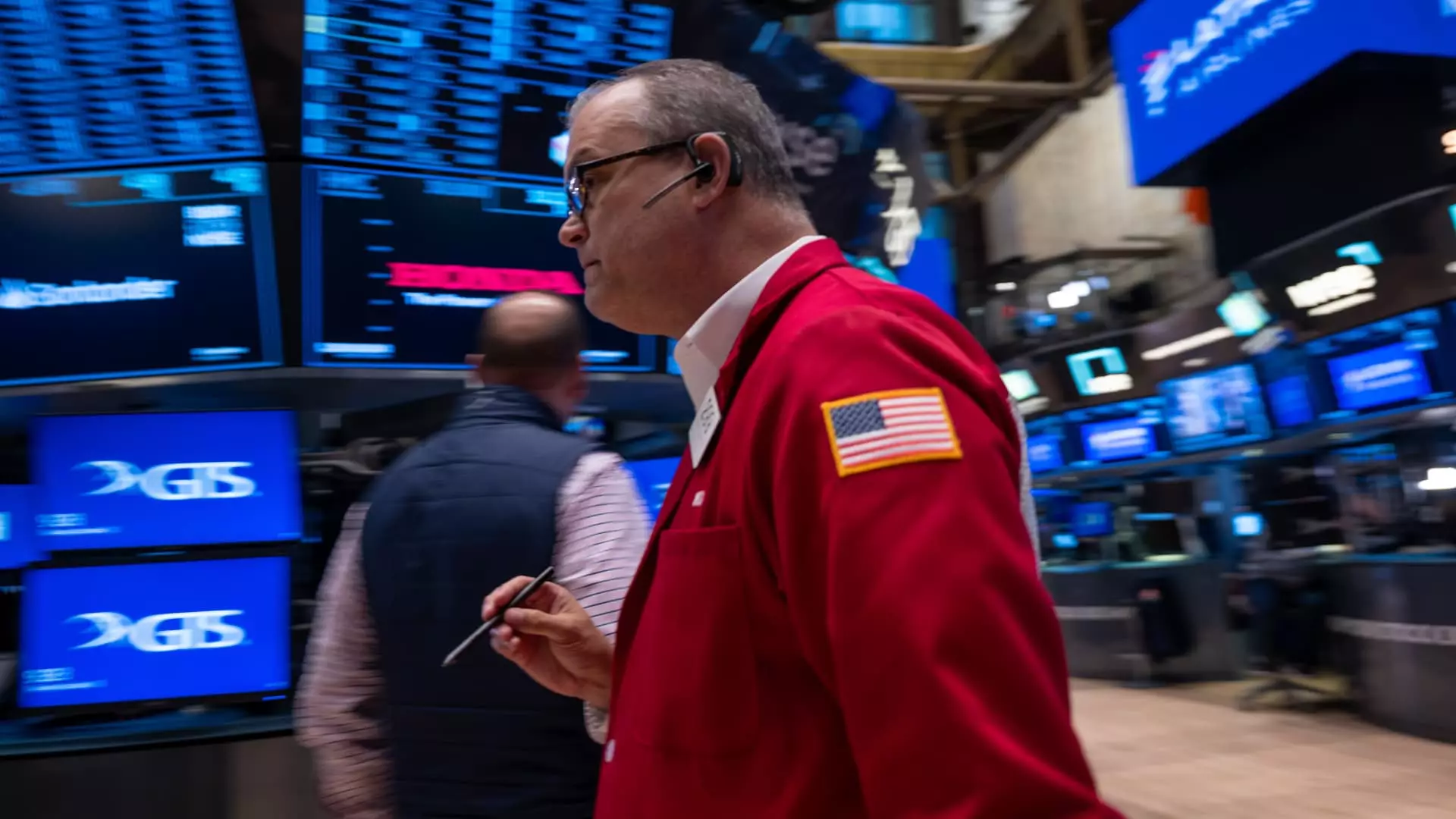The atmosphere in financial markets has been charged as traders and investors brace for the outcome of the U.S. presidential election, which could spell a new era for economic policies. On Tuesday, the S&P 500 demonstrated resilience, climbing 0.7%, while the Nasdaq Composite surged by nearly 1%. The Dow Jones Industrial Average showed a modest increase of 195 points, equivalent to about 0.5%. The fluctuating sentiments have been driven largely by the close race unfolding between former President Donald Trump and current Vice President Kamala Harris, as reported by NBC News. This tight race illustrates the uncertainty that investors grapple with, making it essential for them to maintain awareness of electoral dynamics and their potential impact on the market.
In addition to the presidential battle, the composition of Congress is garnering significant attention. A decisive victory for either party could precipitate sweeping changes in spending and tax policies, influencing the economic narrative moving forward. Analysts warn that significant political shifts could lead to fluctuations in market stability. Alicia Levine, head of investment strategy and equities, mentioned during “Squawk Box” that she maintains a generally positive outlook on the market, regardless of the election outcome. She anticipates a divided Congress, which may provide a balanced approach to governance and foster continued market growth.
Anticipating Market Volatility
Despite the bullish sentiment, investors are urged to steel themselves for potential near-term volatility following the election results. Historical data from CNBC shows a tendency for major market indices to rebound from Election Day until the year’s conclusion. However, it’s commonplace to witness declines in the immediate sessions post-election—a pattern that could manifest again this year owing to heightened uncertainty. Investors must navigate through this turbulence and watch closely how the market adapts to evolving political circumstances.
Beyond the electoral proceedings, market eyes are also fixed on the Federal Reserve’s upcoming meeting, scheduled for Thursday. Traders are speculating a 98% probability of a quarter-point interest rate cut, following a recent half-point reduction in September. Such a move could generate ripple effects throughout the economy, influencing investor behavior and market dynamics. Jerome Powell’s commentary post-meeting will likely provide insight into the Fed’s future strategies, adding another layer of complexity to the current financial landscape.
Mixed Earnings Reports and Market Performance
The corporate earnings landscape has been equally mixed, reflecting broader economic conditions. Palantir’s stock surged by 16% following robust quarterly results and optimistic revenue forecasts, while NXP Semiconductors experienced a 7% decline amid macroeconomic concerns. Just the day before, sentiment had shifted downwards, with the Dow dropping by over 250 points or 0.6%, and the S&P 500 and Nasdaq Composite both falling approximately 0.3%. Currently, the S&P 500 stands over 19% higher year-to-date, an impressive figure, especially in the lead-up to a pivotal election, and it hovers within 3% of its all-time peak.
The intersection of political events and economic indicators paints a complex picture for investors as they navigate this uncertain period. The outcome of the elections will certainly shape market trajectories, and the following weeks promise to be revealing in terms of both economic policy and stock performance.


Leave a Reply